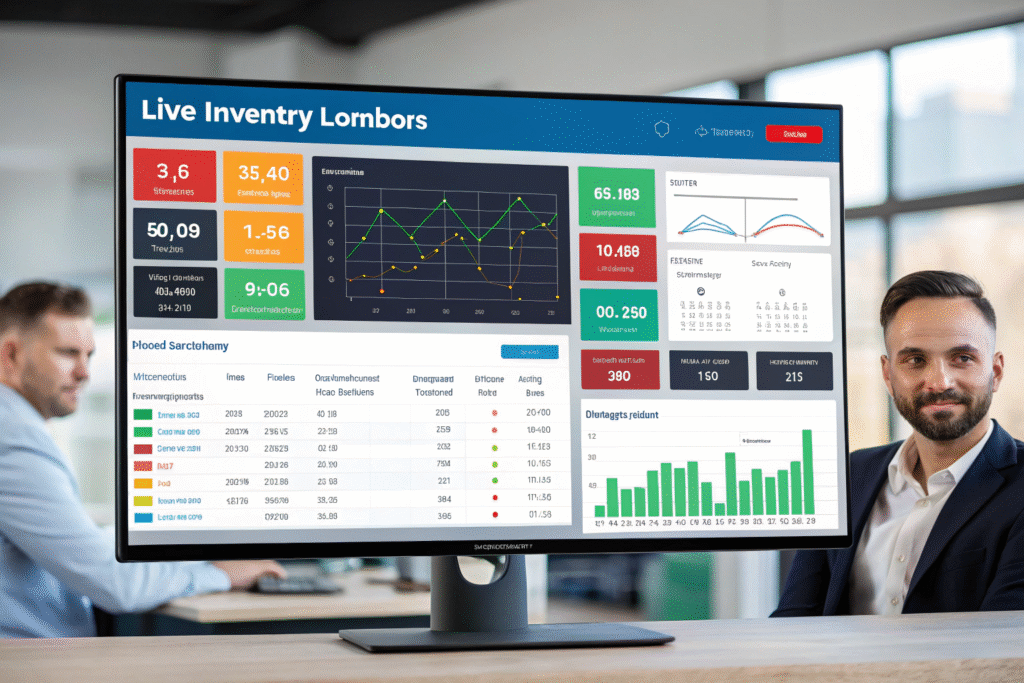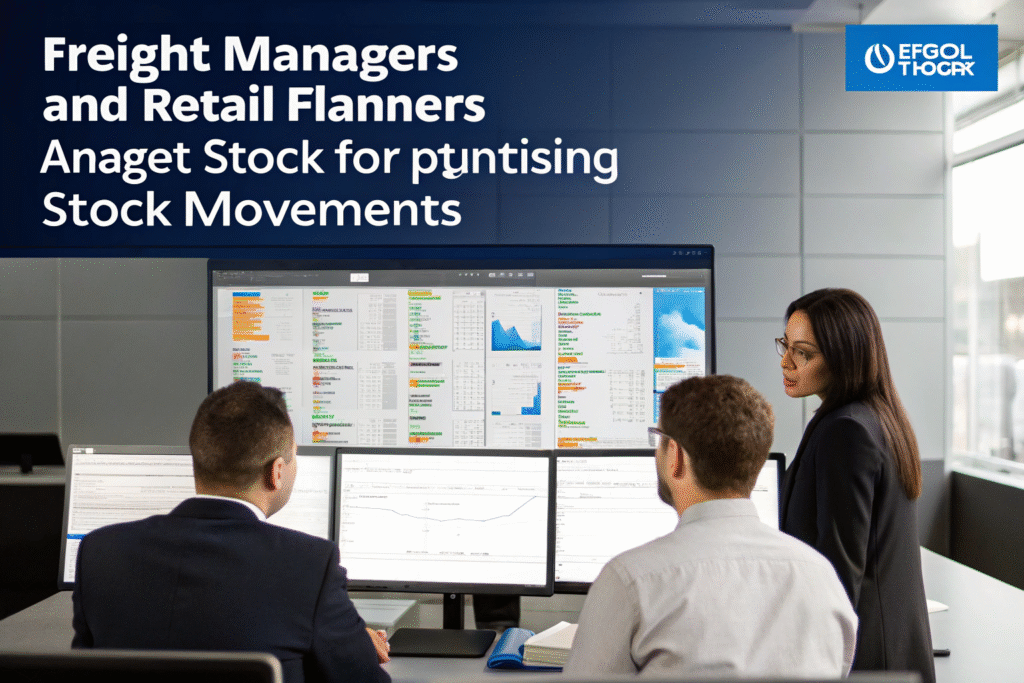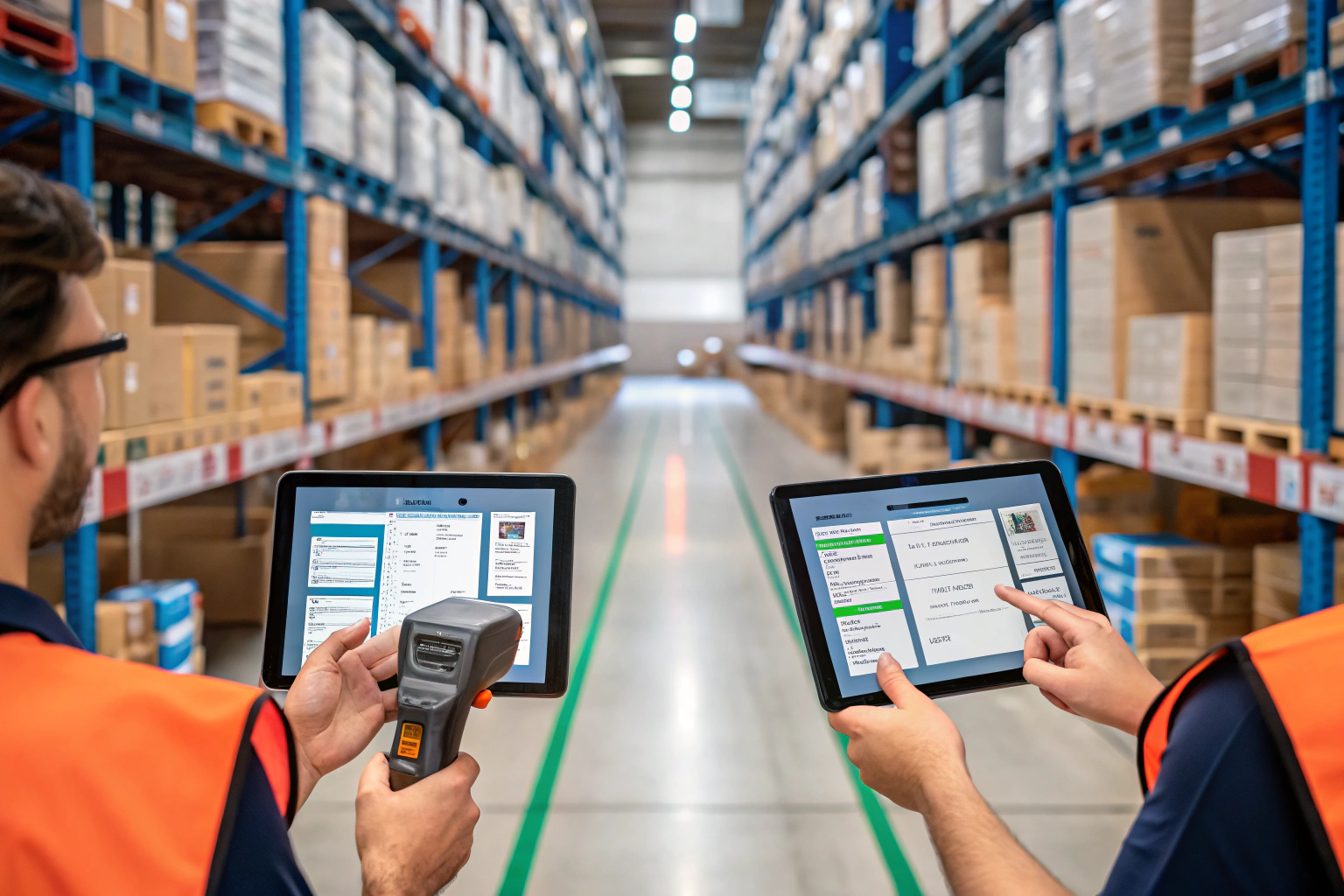Inventory is the heartbeat of any business that deals in physical products. When it’s poorly managed, it causes overstock, stockouts, missed sales, or expensive storage fees. For importers like Ron who source goods from China and sell across the U.S., effective inventory control is a strategic necessity.
Freight forwarders play a growing role in inventory control by synchronizing supply chain data, offering real-time visibility, enabling flexible storage, and aligning transport with sales forecasts. They don’t just move your goods—they help you manage them smarter.
In this post, I’ll explain how experienced forwarders like GeeseCargo help brands monitor, manage, and optimize inventory flow—improving operations and protecting margins.
Why Is Inventory Control Difficult in International Supply Chains?
International inventory planning is unpredictable. Lead times vary, delays happen, and data is often disconnected.
Freight forwarders help reduce these risks by bridging the gap between production and delivery with logistics intelligence and coordination.

What Common Issues Disrupt Inventory Planning?
Importers often face:
- Inaccurate arrival dates
- Unclear factory lead times
- No real-time updates
- Split shipments and partial deliveries
These disruptions lead to missed restock deadlines, stockouts, and excessive buffer inventory.
Explore how poor inventory visibility affects profit in global trade.
How Can Forwarders Improve Visibility?
At GeeseCargo, we provide:
- Real-time shipment status
- Forecasted arrival dates (ETA modeling)
- Alerts for early or late cargo
- Inventory-level syncing across warehouses
Our dashboard integrates directly with your inventory management system to update quantities upon port arrival or warehouse check-in.
What Inventory Data Do Freight Forwarders Provide?
Inventory data is no longer just the warehouse manager’s responsibility. It starts at the point of pickup and flows through the transport chain.
Freight forwarders provide shipment-level and SKU-level visibility from factory to final warehouse—so businesses can plan stock replenishment precisely.

What Specific Inventory Metrics Do We Track?
GeeseCargo shares:
- SKU-level arrival projections
- Customs clearance status
- Dwell time at port or warehouse
- Weekly stock-in updates per location
This allows sellers to update ecommerce storefronts or B2B portals with realistic timelines and avoid overselling or underselling.
Here’s a guide on optimizing stock accuracy with real-time inventory systems.
Do Forwarders Use Barcode and RFID Tools?
Yes. In our bonded and partner warehouses, every carton or pallet is scanned upon receipt. RFID tagging is optional for high-value goods or high-frequency items.
This data syncs with WMS platforms so that clients can match what’s physically on the shelf with what’s in the database.
How Can Freight Forwarders Help Forecast and Balance Stock?
Forwarders do more than move freight—they also help brands balance and forecast inventory using historical transport data and carrier timelines.
GeeseCargo supports proactive inventory planning by syncing shipping schedules with sales cycles, preventing both overstock and understock.

How Do Forwarders Predict Delays or Early Arrivals?
Our system factors in:
- Historical carrier performance
- Port congestion
- Holiday slowdowns
- Weather patterns
We adjust your estimated stock-in date automatically and notify you if buffer stock needs to be activated or paused.
See how forecasting and buffer planning helps reduce lost sales and storage waste.
How Can They Balance Inventory Across Warehouses?
We offer:
- Multi-warehouse inbound routing
- Cross-docking and stock rebalancing
- Regional distribution strategies
For example, if Ron’s sales spike in the Midwest, we reroute containers from Los Angeles to Chicago for faster regional delivery—and notify 3PLs to expect incoming stock.
Do Freight Forwarders Offer Storage and Fulfillment?
Freight forwarders increasingly offer value-added warehousing—so inventory can be received, stored, and shipped all under one roof.
GeeseCargo helps e-commerce and wholesale clients with flexible storage solutions, 3PL hand-offs, and even pick-pack-ship services.

What Storage Options Are Available?
We provide:
- Short-term port-side warehousing
- Long-term bonded or duty-free storage
- Amazon FBA prep services
- Overflow inventory storage
All warehouses are equipped with temperature and security controls, and inventory is updated live in your portal.
Explore bonded warehouse advantages for international sellers.
Can They Manage Order Fulfillment?
Yes. For select clients, we offer:
- Order picking by SKU or pallet
- Packaging and labeling
- Courier hand-off for DTC or wholesale
We integrate with ShipStation and Shopify to sync orders, push tracking numbers, and maintain inventory sync across channels.
Conclusion
Freight forwarders are no longer just carriers—they're inventory control partners. From real-time tracking and warehouse data to smarter stock planning and fulfillment coordination, they bring order to the chaos of international inventory. At GeeseCargo, we support our clients' supply chains with the data, speed, and flexibility they need to keep shelves stocked, orders flowing, and customers happy. If you're ready to bring intelligence to your inventory, we’re here to support every shipment.









